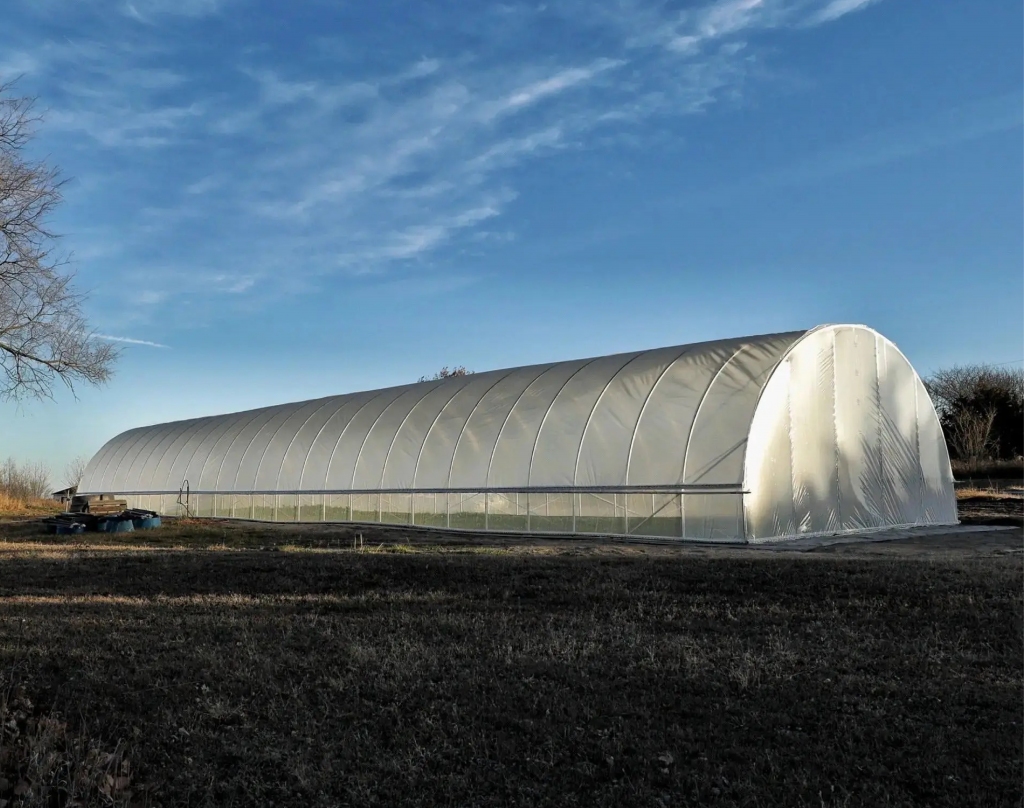 When embarking on the journey of cultivating plants within a controlled environment, the importance of choosing the right Greenhouse Film cannot be overstated. This essential component acts as the shield and lifeline for your plants, ensuring they thrive under optimal conditions. But what exactly makes a Greenhouse Film good? Let’s delve into the key features that distinguish a high-quality Greenhouse Film from the rest.
When embarking on the journey of cultivating plants within a controlled environment, the importance of choosing the right Greenhouse Film cannot be overstated. This essential component acts as the shield and lifeline for your plants, ensuring they thrive under optimal conditions. But what exactly makes a Greenhouse Film good? Let’s delve into the key features that distinguish a high-quality Greenhouse Film from the rest.
Durability and Longevity
One of the most critical features of any Greenhouse Film is its durability. A good Greenhouse Film should be robust enough to withstand various environmental stresses, such as wind, rain, and UV radiation. High-quality films often incorporate UV stabilizers that prevent the material from degrading quickly under the sun’s harsh rays. This durability ensures that the film lasts for several seasons, providing a cost-effective solution for greenhouse owners.
Light Transmission
Plants need light to photosynthesize and grow, making light transmission a crucial factor in selecting a Greenhouse Film. A good film should allow ample sunlight to penetrate while diffusing it evenly throughout the greenhouse. This even distribution of light minimizes hotspots and ensures that all plants receive their fair share of sunlight, promoting uniform growth. Advanced films even offer options to filter specific wavelengths of light, further optimizing plant growth.
Thermal Insulation
Maintaining a stable temperature inside the greenhouse is vital for plant health. A high-quality Greenhouse Film should provide excellent thermal insulation, helping to retain heat during cold nights and reduce excessive heat during the day. This thermal regulation minimizes the need for additional heating or cooling systems, thus saving energy and reducing operational costs.
Condensation Control
Excessive condensation can lead to a host of problems, including fungal growth and reduced light transmission. A good Greenhouse Film incorporates anti-drip or anti-fogging properties that prevent water droplets from forming on the interior surface. Instead, the moisture spreads out into a thin layer, which can evaporate more easily, thereby maintaining a healthier environment for your plants.
UV Protection
While some UV light is beneficial for plants, excessive exposure can be harmful. A top-quality Greenhouse Film includes UV protection features that block harmful rays while allowing beneficial wavelengths to pass through. This UV protection not only safeguards your plants but also extends the lifespan of the film itself.
Ease of Installation
The best Greenhouse Film are designed with ease of installation in mind. They are flexible, lightweight, and come in various sizes to fit different greenhouse structures. Some even feature pre-cut options or adhesive strips that make the installation process quick and straightforward, allowing you to focus more on cultivating your plants rather than wrestling with the film.
Environmental Impact
In today’s eco-conscious world, the environmental impact of the materials we use is more important than ever. Many high-quality Greenhouse Films are now made from recyclable materials and are designed to have a minimal environmental footprint. By choosing an eco-friendly film, you are contributing to a more sustainable future while still reaping all the benefits of a high-performance greenhouse cover.
In conclusion, selecting the right Greenhouse Film is pivotal for the success of your greenhouse gardening endeavors. By prioritizing features such as durability, light transmission, thermal insulation, condensation control, UV protection, ease of installation, and environmental impact, you can ensure that your plants are nurtured in the best possible conditions. Investing in a good Greenhouse Film is an investment in the health and productivity of your plants, ultimately leading to a more bountiful harvest.




